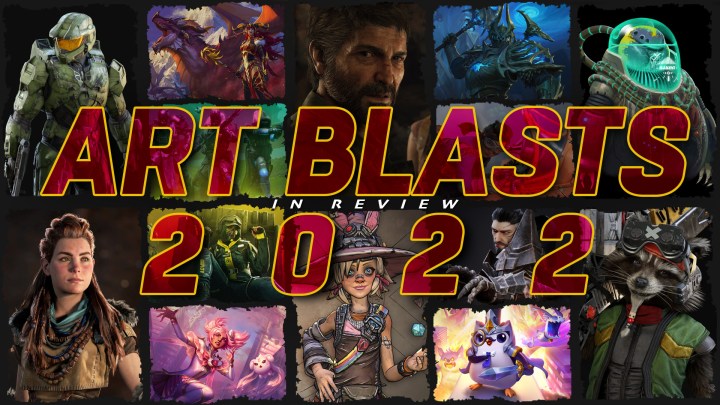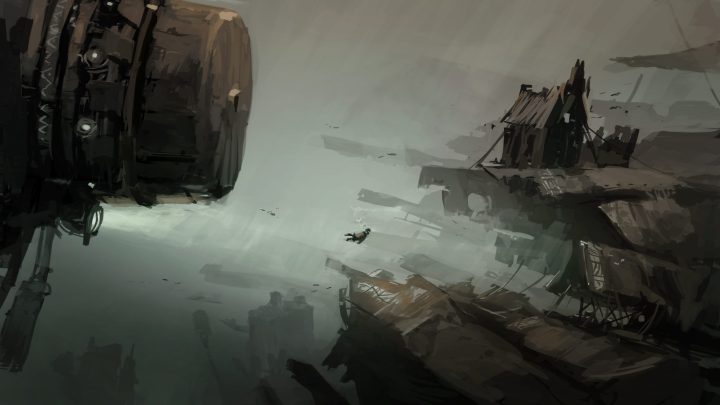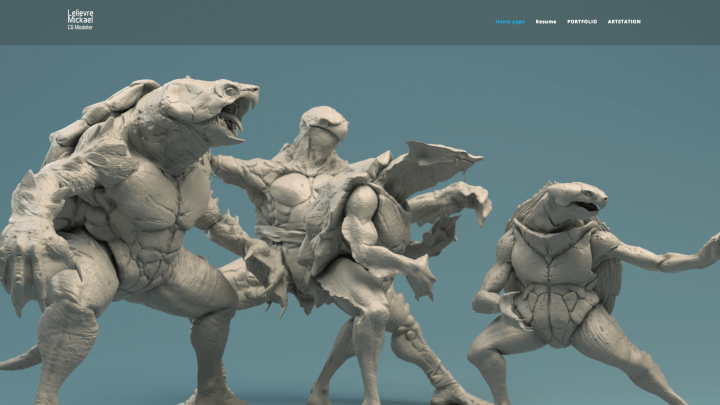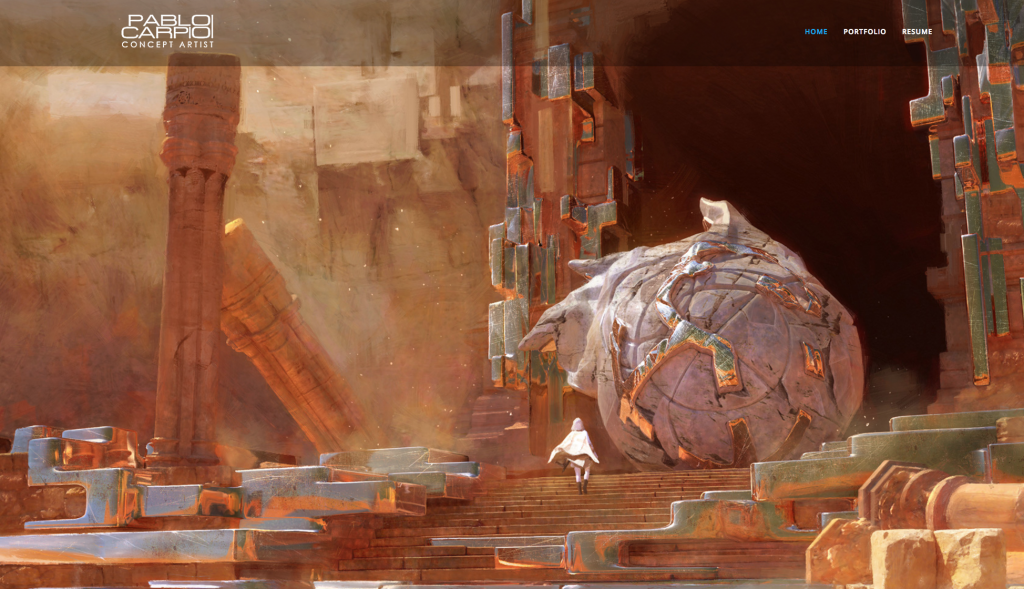
If you’re already set up as an ArtStation member but are wondering how to go the extra mile and show off your best work, keep reading because we’ve been interviewing all kinds of great artists and asking them for advice on what they do to have the best portfolio they can.
This week we’re featuring the work of Spanish freelance concept artist, Pablo Carpio. His work is influenced by his passion for cinema and he specializes in light and composition. With ArtStation Pro, he’s been able to customize his portfolio website in a way that best shows off his amazing art and that is easy to use, with all new artwork updated at the same time as his ArtStation Page.
Check out Pablo’s ArtStation-powered website.
Pablo gave some advice on finding work as a freelancer and what you should consider when putting together your portfolio.
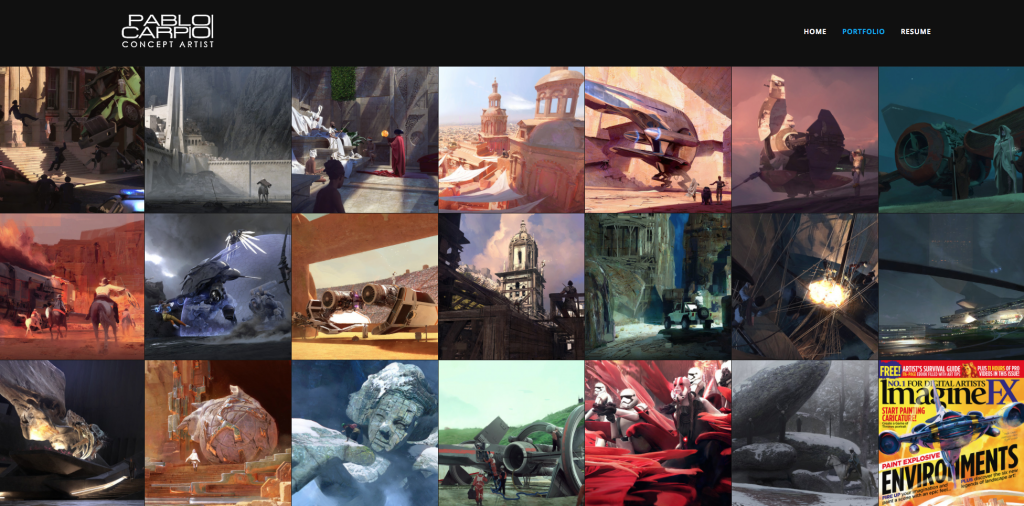 What do you do to get you noticed?
What do you do to get you noticed?
“Practically all my job offers come from ArtStation, but the second best way to find opportunities is by direct contact on social media.“
There is a law that stands over everything else in this topic: be constant. The key to get noticed is not other than post stuff online frequently. It may look discouraging at the beginning, when you don’t have too much followers and the lack of impact of your work in the community makes you feel like it is not good enough. However, growing is a constant process, and the best thing is that is exponential. By showing your works and your process as an artist, you are not only improving, but also spreading your art through your friends. If they like it, they will show it to his friends and followers, and their followers to their followers, and so on. The more you post, the more possibilities to get noticed by an art director or a recruiter you have. Also, it’s important to increase your net of contacts, and a good way to do that is on Facebook and other social networks like LinkedIn or Instagram. Practically all my job offers come from ArtStation, but the second best way to find opportunities is by direct contact on social media.

What are things to consider in putting together a portfolio?
“Normally, a recruiter will not need to look at more than ten pieces to know what you can offer to their company.“
There are two ways to determine what is a good portfolio; the “external review” and the “internal review”. “Externally”, good portfolios are those that are readable and striking at first sight. Is not only about creating new things, or have good skills rendering; to create a good impression in the people that see your work you need to be organized, clean and practical. Normally, a recruiter will not need to look at more than ten pieces to know what you can offer to their company. To make your portfolio look good, you have to be sure that from all your works you choose the best ones that are closest to the tasks of the job you want to apply for. Show sketches, your process and put them in a logical order (themes, projects, styles… whatever suits you best). From time to time, I check my worst works and erase them, and I relocate the rest to leave the best ones always on the top. “Internally”, a good portfolio is that one that shows something different. Your technique doesn’t matter at all; photo-bashing, 3D, full painting, etc. Nothing is better than the rest. Fresh ideas with bold compositions and vibrant lightings will always win. A good way to improve that is to enlarge your range of inspiration sources, and to not base your work only on other concept artists work or in a bunch of video games. Study classic art, watch (good) movies, read and learn from reality.
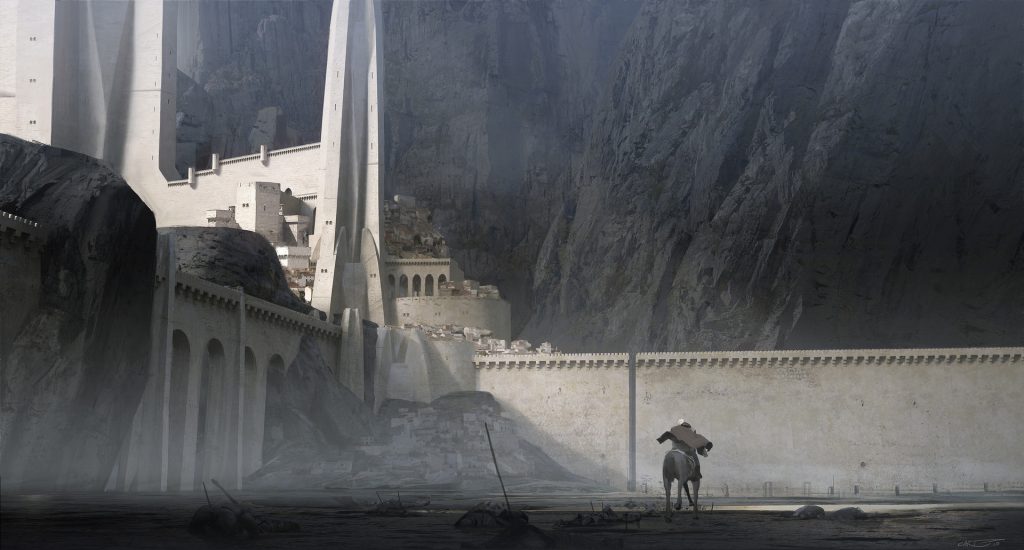
What kind of training or practice did you do before you were able to get a job as a concept artist?
I started painting almost since I was born, and I’ve always been motivated to improve my skills. All my knowledge about art was random and experimental until I started studying Fine Arts in 2010. Since then, I started learning Art History and developed my skills in drawing, painting and modelling with traditional media. In 2013 I realized that my passion for creating worlds and keyframes for films was called “concept art”, and that a big community was out there meeting at events and online to share their works and find jobs in this industry. At the end of 2014, I decided to dedicate my full time to improve and get better to be able to work full-time as an artist by spending eight hours a day painting. After some time, I started receiving my first job offers for magazines and book covers, and that has continued to grow. Basically, the training tasks can be resumed in studying what you want to do, showing passion in your work, and increasing your contacts. If you do this, the good results will start appearing without you asking for them.
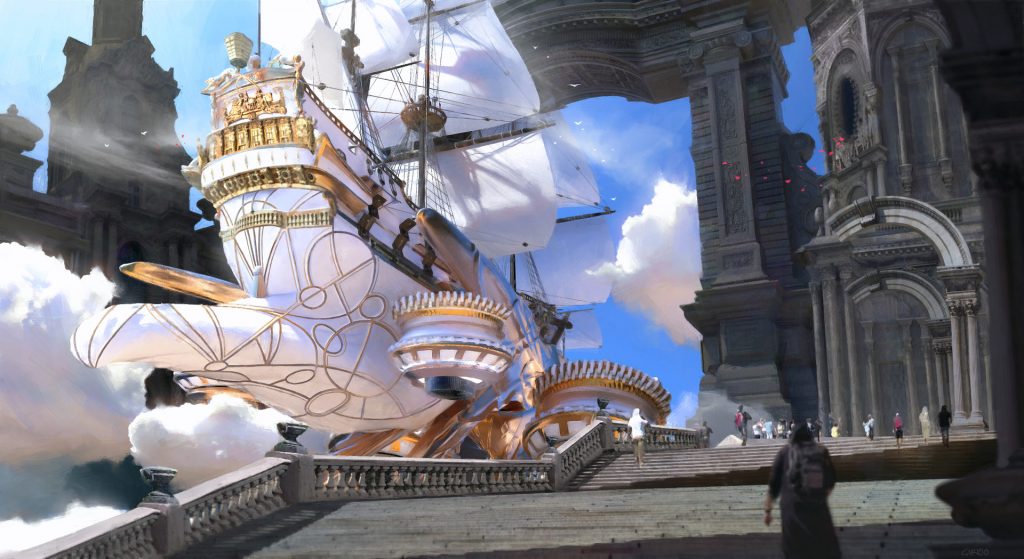
 What do you do to get you noticed?
What do you do to get you noticed?






















